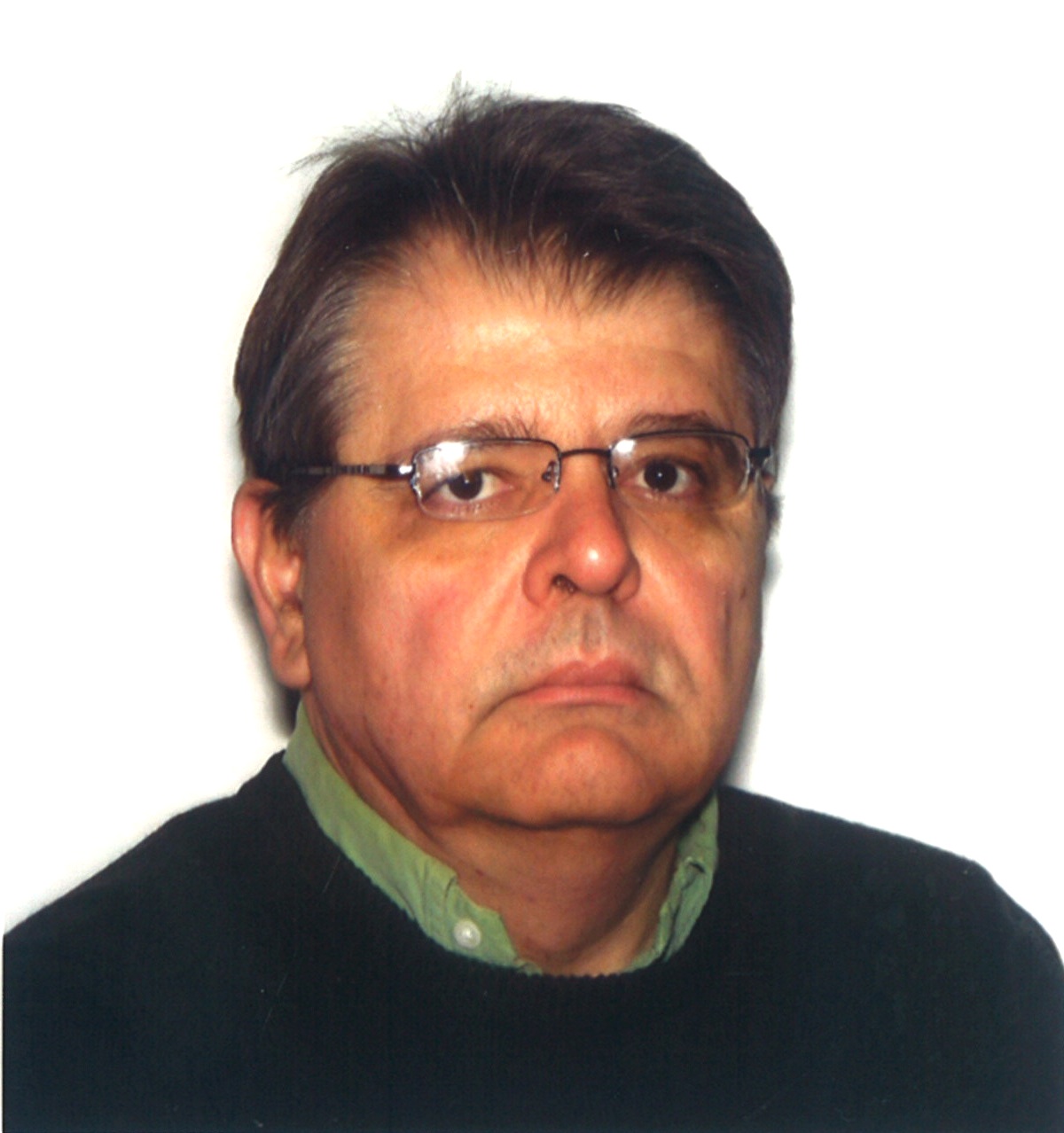
Abstract
Limit Cycle oscillators are used to model a broad range of periodic nonlinear phenomena. Using the Optically Injected Semiconductor Oscillator as a paradigm, we will demonstrate that at specific islands in the detuning and injection level map, the period-one oscillation frequency is simultaneously insensitive to multiple perturbation sources. In our system these include the temperature fluctuations experienced by the master and slave lasers as well as fluctuations in the bias current applied to the slave laser. Tuning of the oscillation frequency then depends only on the injected optical field amplitude. Experimental measurements are in good quantitative agreement with numerical modeling and analysis based on reduced generalized Adler type equations. These special operating regions should prove valuable for developing ultra-stable nonlinear oscillators, such as sharp linewidth, frequency tunable photonic microwave oscillators. Finally the concept of an Isochron originally developed in Mathematical Biology will be reviewed and placed on context for efficient design of stable frequency sources via systems of coupled limit cycles oscillators.
Biography
Vassilios Kovanis is a member of the technical staff at Air Force Research Laboratory and he is associated with the Electro Science Laboratory at the Ohio State University. In the past he served as the technical advisor of the Photonics Technologies Branch at the Sensors Directorate of the Air Force Research Laboratory. His current responsibilities include managing an Air Force Office of Scientific Research laboratory task for optical diverse waveform generation and low noise tunable photonic oscillators and serving as a DARPA agent for the Microsystems Technology, and Strategic Technology Offices in the areas of microwave photonics and transformational antenna programs. He was the lead program manager on the Optical Metamaterials Sensors Directorate enterprise.
He studied theoretical physics at the University of Athens, Greece followed by graduate work at Temple University in Philadelphia, Pennsylvania and wrote his thesis at the University of New Mexico in Condensed Matter Theory. In 1989 joined the Nonlinear Optics Center at Air Force Weapons Laboratory, at Kirtland Air Force Base. He remained with that organization for the next eleven years, working on multiple projects of optical and electronic technologies. During that period he held research faculty positions with the Applied Mathematics and the Electrical Engineering Departments at the University of New Mexico, and was a National Research Council Fellow between 1992 and 1994. Subsequently did a stint in corporate research and development laboratories with Corning Incorporated in Corning, as a Senior Research Scientist and with BinOptics Corporation in Ithaca, New York as a program manager for next generation photonics product development. Between 2003 and 2005 was member of the faculty at the Applied Mathematics Department at Rochester Institute of Technology. His research interests are on designing low noise tunable photonic oscillators, developing photonic synthetic matter concepts and engineering applications of compressive sensing to photonic receivers as well transferring ideas from the mathematical biologyliterature, such as isochrons into photonics systems design.
Among his key technical accomplishments is the first experiment demonstration of synchronization of chaotic diode resonators, based on occasional proportional feedback schemes developed for controlling unstable periodic orbits in chaotic attractors (1994). The first experimental demonstration of localized synchronization in two coupled non identical semiconductor lasers (1997). Experimental demonstration and theoretical analysis of the period doubling route into optical chaos in semiconductor lasers subject to optical injection (1995). Demonstrated a new class of synchronous Sisyphus effects in diode lasers subject to optical feedback (1999). And the prediction of exact quantum collapses and revivals in a nonlinear Jaynes-Cummings model (1991).